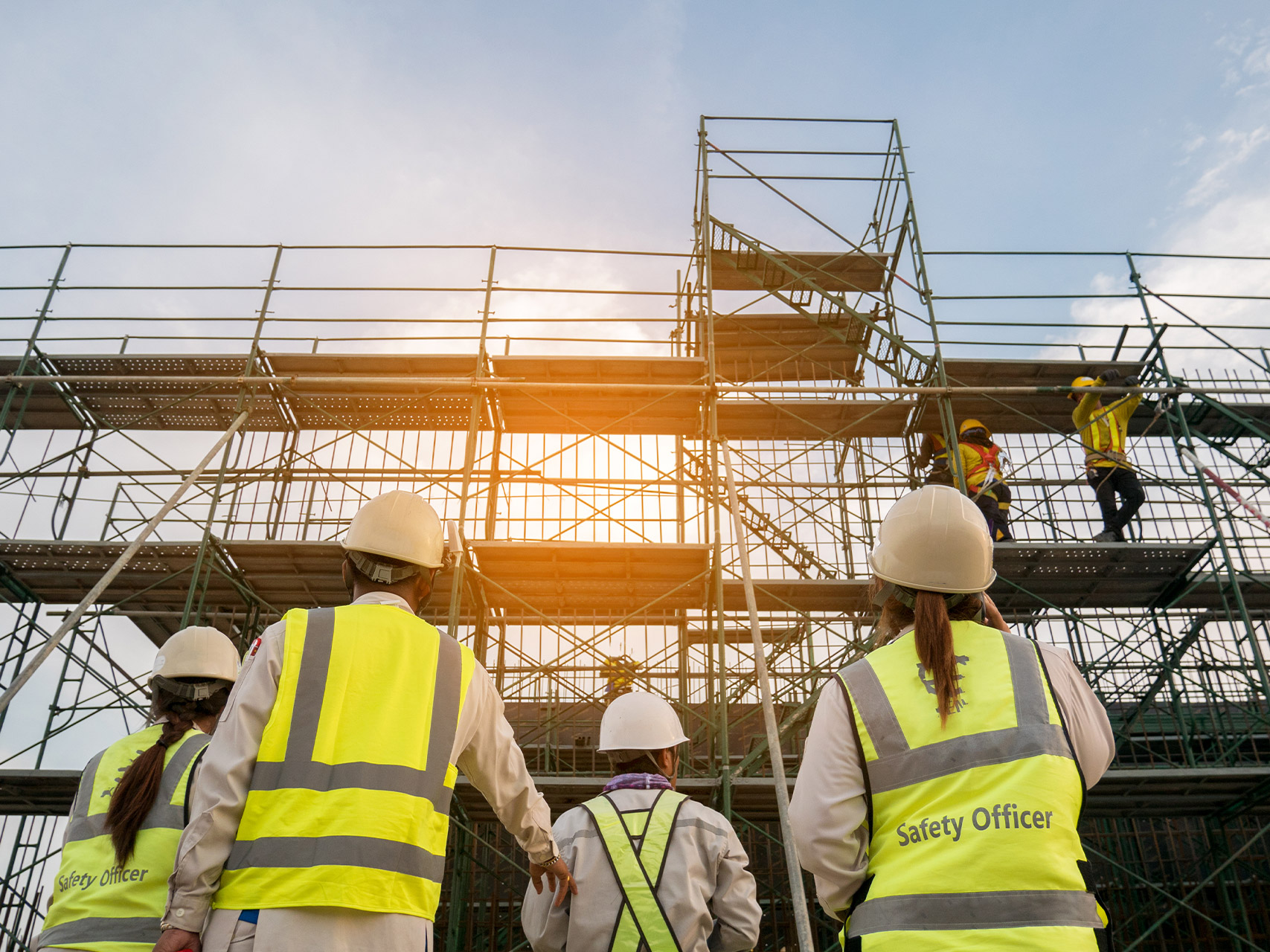
The Risks of Scaffolding Work & Managing Them Effectively
Scaffolding work is a crucial part of many construction projects. It provides workers with a safe and secure platform to carry out their work, usually at height.
However, the risks associated with scaffolding work are often overlooked and can be dangerous if not managed correctly. This guide outlines the risks associated with scaffolding and how to effectively manage them.
The Risks Associated With Scaffolding
1. Falling from Height
Falling from height can occur due to incorrect scaffolding construction, inadequate fall protection, or poor maintenance of the structure. To reduce the risk of falling, ensure that the scaffolding is built and maintained to the highest safety standards, and that workers are provided with the correct safety equipment, including harnesses and safety lines.
2. Collapse
Scaffolding collapse is another significant risk associated with scaffolding work. This risk is increased when scaffolding is overloaded or not correctly secured. To reduce the risk of collapse, ensure that scaffolding is inspected regularly and that loads are properly distributed.
3. Electrical Hazards
Electrical hazards are a major concern when working on scaffolding. This includes contact with overhead power lines and the use of electrical tools and equipment. To reduce the risk of electrical hazards, workers should be trained in the use of safety equipment, and scaffolding should be kept away from overhead power lines.
4. Falling Objects
Falling objects are a major risk when working on scaffolding. This includes tools, materials, and debris. To reduce the risk of falling objects, workers should be provided with the appropriate safety equipment, such as hard hats and protective clothing. Additionally, materials should be securely stored, and debris should be removed from the scaffolding area.
5. Weather Conditions
Weather conditions can also be a significant risk when working on scaffolding. This includes strong winds, heavy rain, and extreme temperatures. To reduce the risk of weather-related accidents, scaffolding should be inspected regularly, and workers should be provided with the appropriate safety equipment, such as harnesses and safety lines.
Managing The Risks When Working on Scaffolding
1. Inspect the Scaffolding
Before beginning any work on scaffolding, it is important to inspect the structure for any signs of damage or wear..
2. Wear Protective Gear
It is essential that workers wear the appropriate safety gear while working on scaffolding. This includes hard hats, safety glasses, and protective clothing. Additionally, workers should be provided with harnesses and safety lines in case of a fall.
3. Secure Materials
Materials should be securely stored and secured to the scaffolding to avoid any falling objects. This includes tools, supplies, and debris.
4. Follow Safety Procedures
Safety procedures should be followed at all times when working on scaffolding. This includes keeping the scaffolding area clear of debris and using appropriate safety equipment.
5. Monitor Weather Conditions
Weather conditions can also be a major risk when working on scaffolding. Strong winds, heavy rain, and extreme temperatures can all create hazardous conditions. Regularly checking the weather forecast and monitoring the environment can help reduce the risk of weather-related accidents.
Conclusion
The purpose of this guide is to provide a comprehensive overview of scaffolding work and the associated risks. It is important to note that scaffolding work can be extremely dangerous and should only be undertaken by trained and experienced professionals. There are several risks associated with scaffolding work, including falls from height, electrocution, and being struck by falling objects. It is essential that these risks are managed effectively to protect workers and the public.
Are you searching for scaffolding services? Check out Access Engineering Group! We can guarantee you access to any project, no matter how big or how small, in a way that is both safe and effective—all thanks to our teams of highly qualified specialists and our experienced designers, project managers and resource schedulers. Contact us today!




Leave a Comment